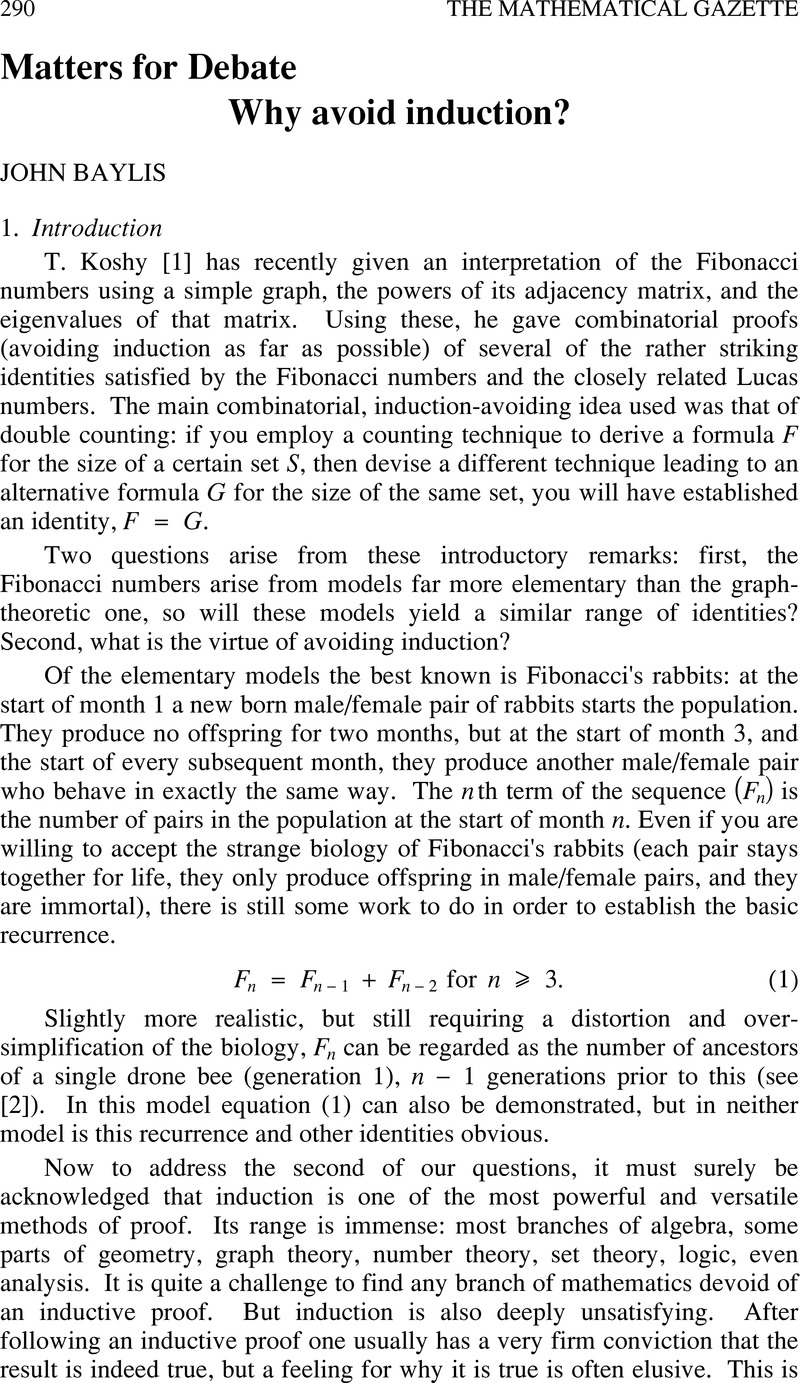Crossref Citations
This article has been cited by the following publications. This list is generated based on data provided by Crossref.
Sangwin, Christopher
2019.
Proof Technology in Mathematics Research and Teaching.
Vol. 14,
Issue. ,
p.
313.



